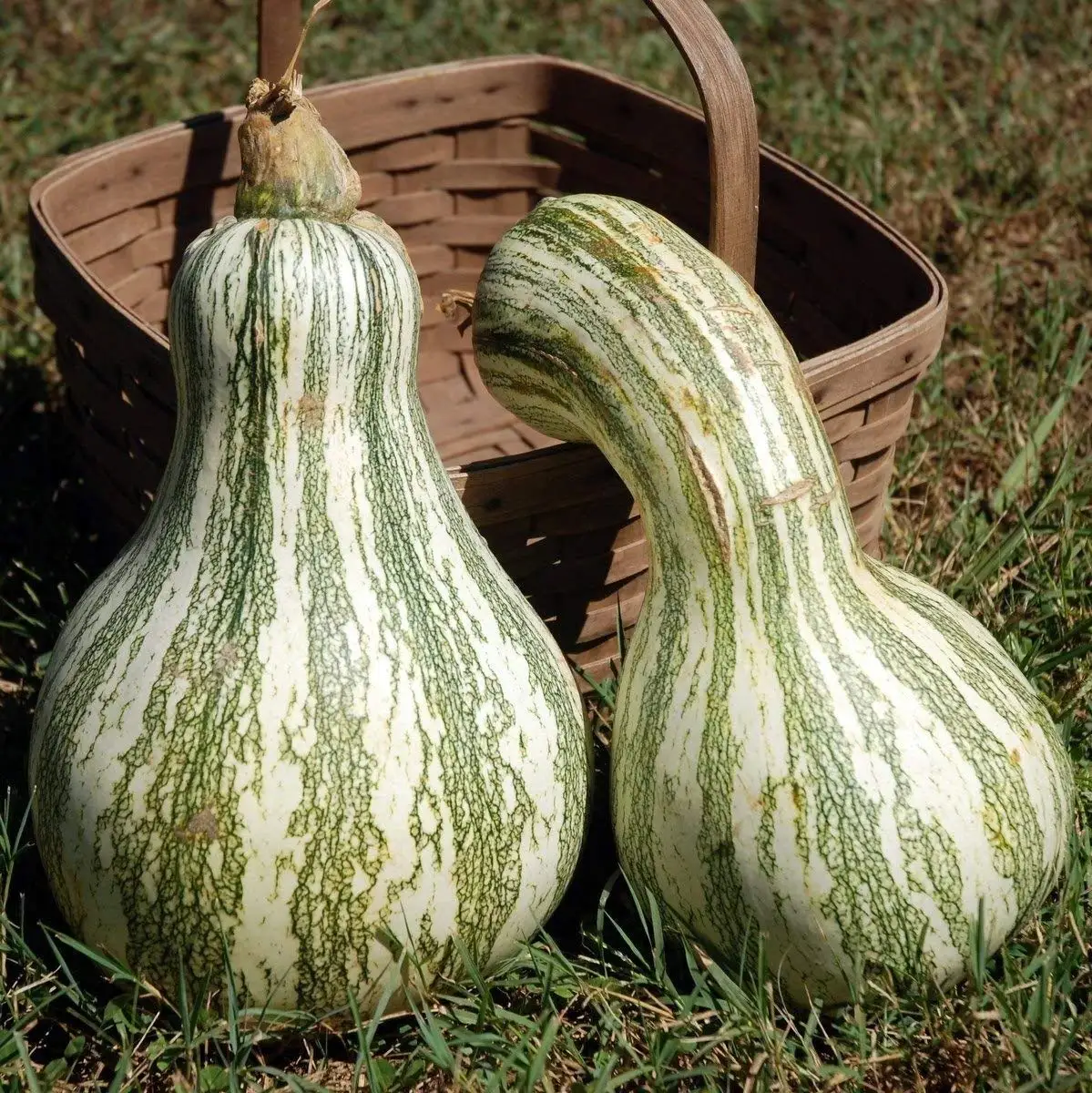
PACKET: 30 seeds (unless otherwise noted), sows 10'. DAYS TO MATURITY: From direct seeding for days to maturity from transplanting, subtract about 14 days. Use as soon as possible for best quality. STORAGE: Keep fruit at 40-50☏ (5-10☌), 95% relative humidity for up to 2 weeks. If a squash fruit crop is also desired from the same planting, only harvest male flowers, leaving a few to pollinate the female flowers. HARVEST BLOSSOMS: Harvest male blossoms (with thin stems) or female blossoms (with thick stems and an immature fruit at the base of the flower) in mid to late morning when fully open. Handle with care to avoid scratching fruits. For zucchini, 6-8" long summer squash, 4-6" and patty pan and round, 2-3" in diameter. Cut or gently twist off fruits when they have reached the desired size.

Harvest regularly, 2-3 times a week, once plants begin to produce. When shopping for them, choose squash that feel heavy and have blemish-free and mold-free skin. HARVEST FRUIT: For some varieties, it is common for the first fruits to be malformed, wither, or blacken, which indicates poor pollination and is usually remedied as more male flowers appear. If necessary, check with your local Cooperative Extension Service agent for specific control options. Avoid problems with adequate soil drainage, good air flow, insect pest control, and crop rotation. DISEASES AND PESTS: Common cucurbit diseases include powdery mildew, downy mildew, bacterial wilt, and phytophthora. Wider spacing may allow for easier harvesting. PLANT SPACING: Space plants 18-24" apart in rows 6' apart. For highest quality fruit, succession plantings every 2-3 weeks may be needed. Poor fruit development may indicate insufficient pollination. Row covers should be removed when plants begin to flower.

Plastic mulch and fabric row covers (AG-19 grade) can aide plant establishment and exclude insect pests during the seedling stage. Among the summer squash, the zucchini (also known as courgette).
#Green squash how to
Plus, find tips on how to use these nutritional powerhouses. Browse pictures of squash and get to know 19 more squash varieties both winter and summer. The lightbulb-shaped fruits grow to about 2 pounds each and store well for a long time. SCIENTIFIC NAME: Cucurbita pepo CULTURE: Fertile, well-drained soil with a pH of 5.8–6.8 is best. Summer squash, the young fruits of Cucurbita pepo, are a common, high-value fruit vegetable. It's small enough to use for individual servings.


 0 kommentar(er)
0 kommentar(er)
